Compiled by TeamIAnD
Photography: Egon Gade;
courtesy SHLArchitects
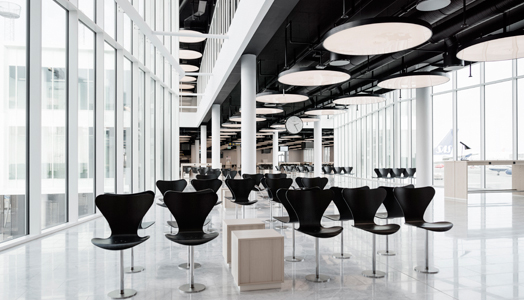 |
| . |
schmidt hammer
lassen architects’ design of the 6,300 sq. m. expansion at Copenhagen Airport offers a new interpretation of the existing design,
innovation of passenger flow and logistics, where the principle of 'nudging'
has played an important role.
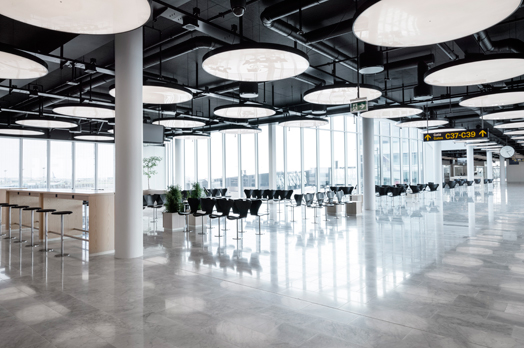 |
| . |
Housing three
new gates and lounges, the building stands on minimum pillars and very large
spans. “We have challenged the traditional gate design by designing the
building in a butterfly shape,” informs Partner John Lassen, Schmidt Hammer
Lassen. The black rectangular two-storey building has cut-ins in both sides,
which leaves room for the aircrafts to gate very close to the building's
windows.
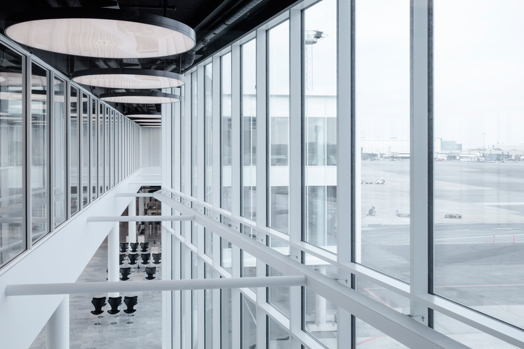 |
| . |
The facade is in
black with black trapezoidal plates that also runs past the windows creating a
gentle light inside the lounge. The cut-ins and jet bridges to operate the
Airbus A380 aircraft, stand as a contrast in white.
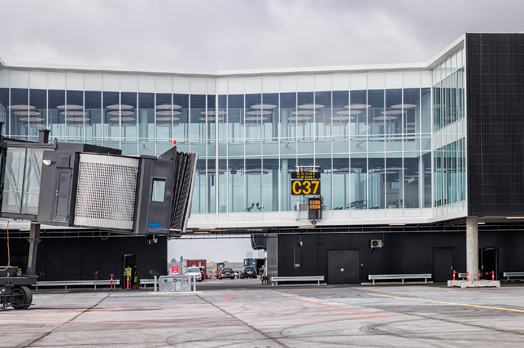 |
| . |
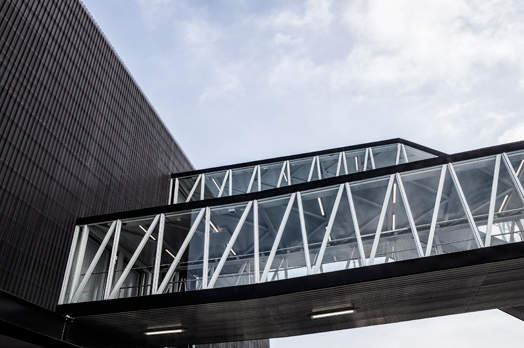 |
| . |
Inside, a “gate
boarding” concept has been established for additional capacity and service
allowing gate and lounge areas to merge, which not only save time and reduce
walking areas, but also provides passengers a better experience. "The
black exterior embraces the light interior, where one moves like on a cloud
with white marble floors and a light, calm, rational and typical Scandinavian
décor. We have created a subdued, contemplative mood, so you can relax before a
long haul flight,” informs Project architect Mads Engel, Schmidt Hammer Lassen.
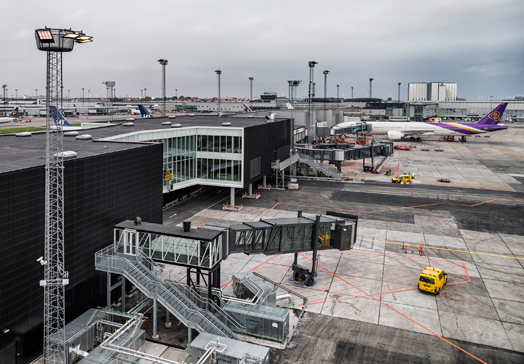 |
| . |
The calm
atmosphere is further highlighted in the arrangement of seating, where on the basis
of 'nudging' principles seating is divided in small groups, luring the
passengers to take use of the whole lounge area. “As an example, the classic
Arne Jacobsen design chairs are only upholstered in the areas along the walls,
and different zones are designed with family furniture or high standing
workstations,” says Architect Nanna Wohlfeldt, Schmidt Hammer Lassen, who has
worked in close collaboration with the client and furniture makers Fritz Hansen
and Jönsson on the interior design.
The lighting is
subtle except at the large windows in the cut-ins, where daylight flows freely
allowing a dramatic view to the aircrafts standing with the bow up close. The
grand circular lights are the building’s DNA, defining the spatial waiting area
and draws reference to the original airport design in Terminal 2.

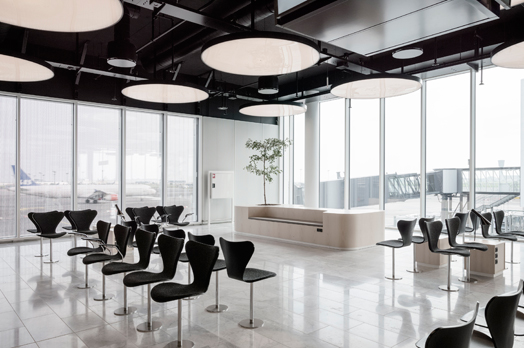
No comments :
Post a Comment